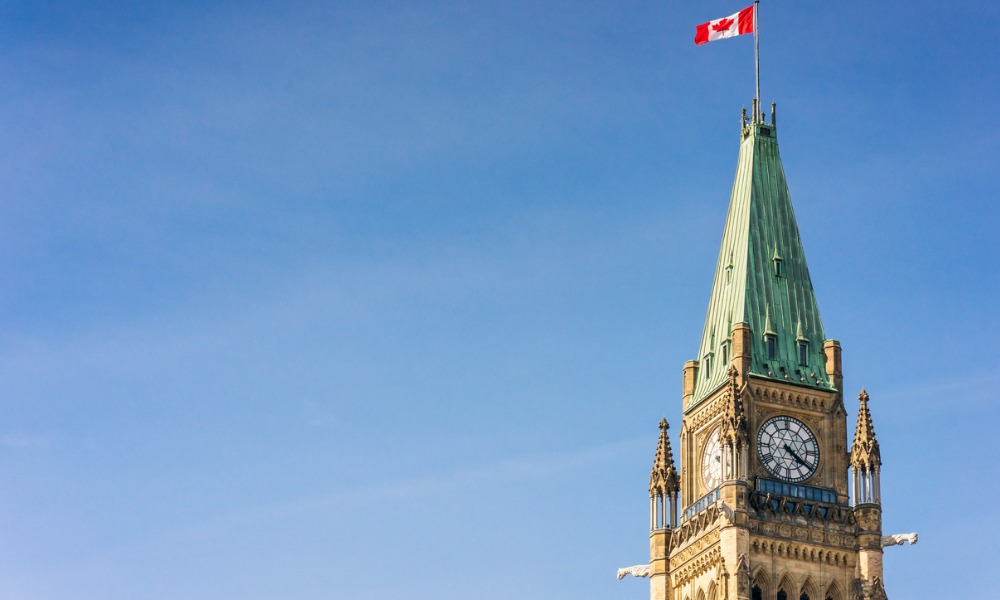
Approved legislation extends CRHP, CRCB, CRSB, and introduces Canada Worker Lockdown Benefit

The Federal government has approved legislation to extend a number of pandemic support programs – and introduced a new one for workers.
The Senate gave quick approval last night to a new round of pandemic aid with Finance Minister Chrystia Freeland promising benefits will flow quickly to businesses and workers in need.
Bill C-2 extends the Canada Recovery Hiring Program until May 7, 2022 for eligible employers with current revenue losses above 10 per cent. The subsidy rate will be increased to 50 per cent.
Meanwhile, subsidies under the Canada Emergency Wage Subsidy (CEWS) will also be extended until May 7. The Canada Recovery Caregiving Benefit (CRCB) and Canada Recovery Sickness Benefit (CRSB) have also been extended to the same date, with the maximum duration of benefits increased by two weeks. This lengthens the caregiving benefit from 42 to 44 weeks and the sickness benefit from four to six weeks.
These programs replaced the Canada Emergency Response Benefit (CERB).
Under Bill C-2, the government is also delivering targeted support to businesses still facing significant pandemic-related challenges through three streams:
Finally, as a replacement for the cancelled Canada Recovery Benefit (CRB), the Canada Worker Lockdown Benefit (CWLB) will provide $300 per week in income support to eligible workers who are directly impacted by a COVID-19-related public health lockdown in their region up until May 7, 2022.
Eligible workers can apply for the program retroactively from October 24, 2021.
“This is a new income benefit which takes into account the fact that the public health situation is still uncertain and unpredictable,” says Freeland.
“We are taking this step because we want to ensure that no one is left behind, including vulnerable workers.”
According to a Canadian Press report, Freeland told senators the government created the measures in case there was another wave of the COVID-19 pandemic, and argued they're needed even more now with the rapidly spreading Omicron variant.
Bill C-2 defines a lockdown to be when a health authority orders non-essential businesses closed and non-essential workers to stay home.
“This is a fast-moving situation on the ground, as we are seeing provinces and territories quite appropriately responding to COVID and to Omicron, and putting new restrictions in place,'' she said.
Bill C-3, which will provide 10 days of paid sick leave for federally regulated workers and crack down on harassment and intimidation of health care workers, was also fast-tracked Thursday night through the Commons without a recorded vote, and sent on to the Senate.
C-3 was passed with several amendments, one of which incorporated a Conservative private member's bill providing for extended, unpaid bereavement leave for parents who experience a stillbirth or death of a child.